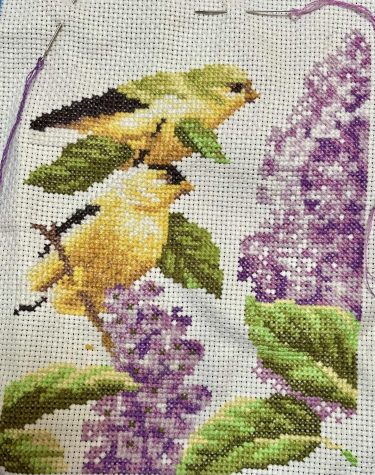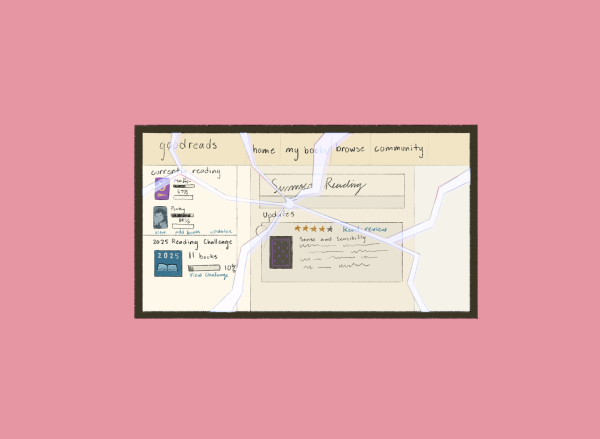The negatives of online school
Online school remains a controversial yet often discussed topic now that the Omicron variant is rapidly spreading throughout the country. When people reminisce about the 2020-2021 online school year, many automatically cringe: however, it may soon be a necessary evil yet again. Despite the convenience of online school, the lack of forewarning when COVID first struck had quite the consequences. Both teachers and students were severely unprepared for online school.
Many students who thrived during in-person learning could not repeat that same success in distance learning. Even star students struggled online because of the difficult and sudden transition. Those with many siblings or full households had to battle and contend with their families for space, time and a moment of quiet. The lack of focus drove many students to failure, as they were not able to be as attentive in their at-home environment. Additionally, many activities could not be done online: such as labs, which require the in-person presence of students. Plenty of classes based on handmade work, such as ceramics or auto-shop, had to change almost their entire curriculum, due to students lacking access to essential resources.
Many students did not have crucial supplies for online school, most notably a personal device and Wi-Fi connection. The inability to use one’s own device struck low-income families the hardest. It risked compromising students’ education due to uncontrollable variables. Although schools tried to remedy this by providing devices to said students, there were still issues in regards retrieving those devices. This disproportionately affected students from lower-income families who, on top of often having to assist their families in taking care of younger siblings or help out with keeping their family financially afloat, now had to suffer academically due to the disadvantage of loaned technology.
In terms of learning itself, the effectiveness of many teachers’ lessons dropped severely and plenty of educators refused to adjust their teaching style or grading rubric, negatively impacting students’ grades. Those same students often turned to cheating in an attempt to either lessen their workload or improve their grades, something that was made far less complex by the all-digital interface from which they learned. As a result, those same students failed to learn in their classes, and returned to in-person school with a warped sense of what they were and were not able to do.
While schools tried their best to make distance learning a positive experience, their efforts were often undermined by the lack of familiarity with such an unknown situation, with copious amounts of students failing or doing poorly, and having no way of fixing their mistakes. Online learning was new for everyone, and depending on someone’s home life, online school could have gone on completely opposite sides of the spectrum. There were many people who thrived online, but for the majority, distance learning was a rough obstacle that many could not get over. Hopefully, this prior experience has not gone to waste, and we will not face a similar lack of preparation in case distance learning resurfaces.











